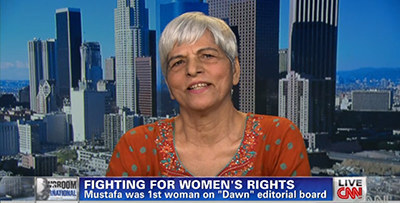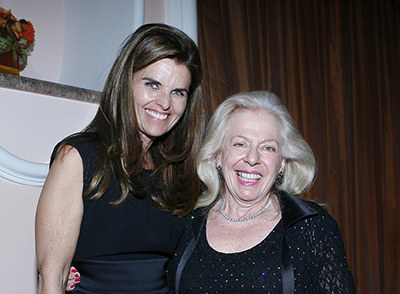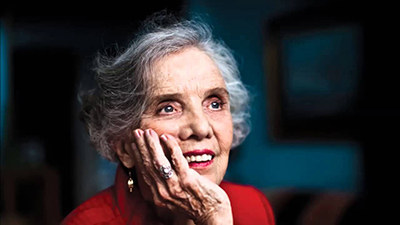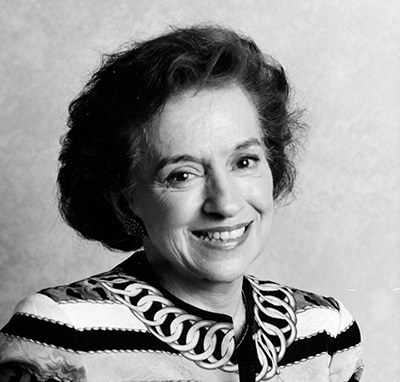1. Edna Machirori, Zimbabwe

2. Kate Adie, UK

3. Belva Davis, USA

4. Zubeida Mustafa, Pakistan

5. Edith Lederer, USA

6. Elena Poniatowska, Mexico

7. Colleen “Koky” Dishon, USA

8. Bonnie Angelo, USA


